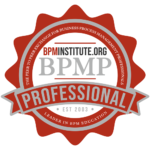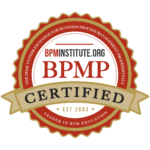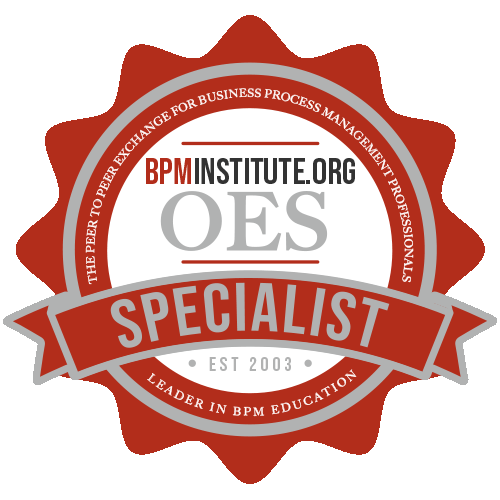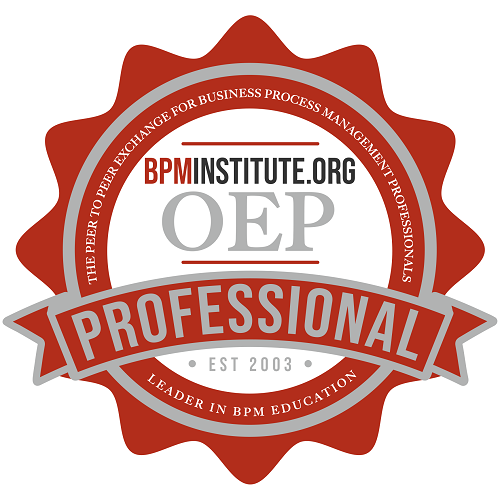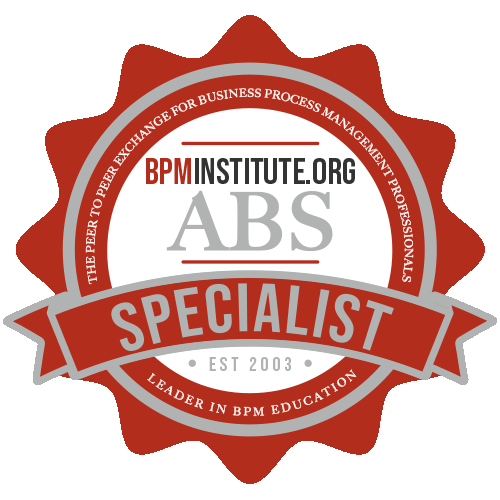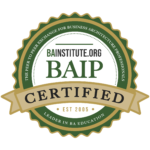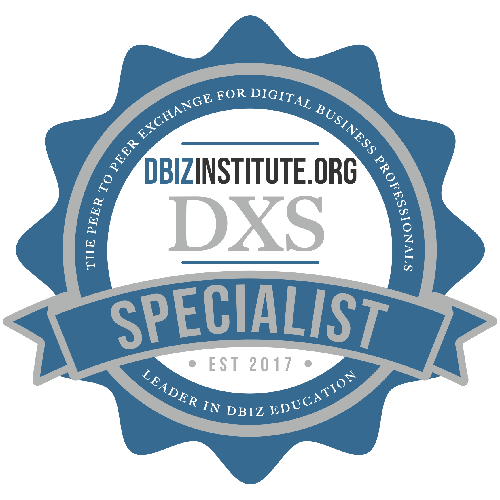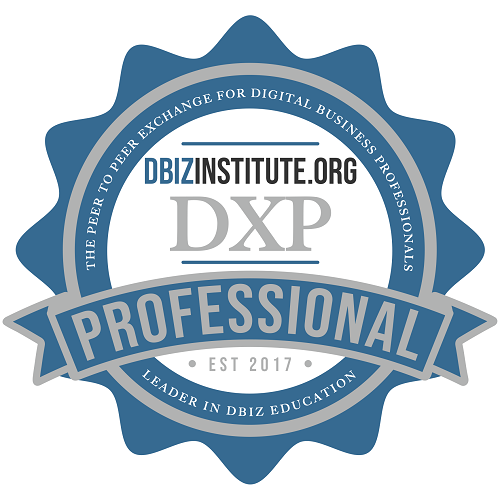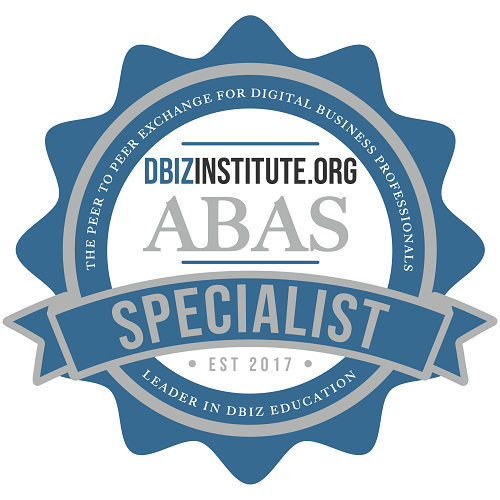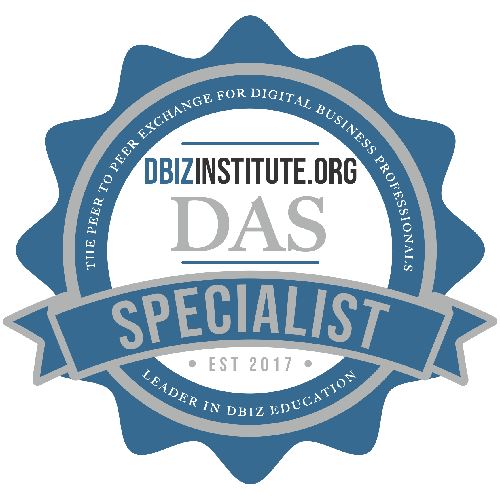

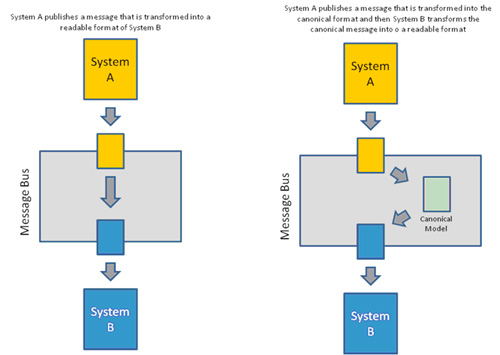
Migrating to an Enterprise Service Bus – It’s worth the effort to do it right
Migrating to an Enterprise Service Bus (ESB) is a bigger decision than many companies realize. It creates the opportunity for central management and access points for all the services available in the enterprise. When determining the need and the method for enabling an ESB for services, there are several important considerations. The ESB can act as a simple access point in terms of acting as a proxy to hosted web services; it can orchestrate calls to many web services through languages like BPEL, and it can also house the web service code itself.
BPMS Watch: The DI Mess
BPMS Watch readers know I am a big fan of OMG’s Business Process Modeling Notation (BPMN) 2.0, which has passed its first approval hurdle and is now in the Finalization Task Force stage. A major reason is that for the first time, BPMN has standardized the schema for XML interchange of process models.

Business Architect Job Description
I am often asked to describe the role of the Business Architect; the role is new enough that most Resource Managers do not have a job description on file. Of course, the answer depends on the context within which the question is asked. Sometime I describe what the Business Architect “does.” Other times I describe what the Business Architect “accomplishes.” Yet other times the inquirer really wants to know what “skills” the Business Architect should possess.

The Power of Abstraction
The power to abstract is fundamental to innovation. When ideas are scarce, a fresh viewpoint makes all the difference. Abstraction is also a hierarchical process, and that perfectly fits the needs of the innovator facing complex problems requiring system solutions. The Abstraction Ladder

Testing the Waters: Starting a Business Architecture Practice
Many organizations are in the process of starting or considering whether they should be starting a Business Architecture practice. But most are still working to decide what they practice really looks like. Starting a new practice area is never easy and the risks that a new practice might not succeed are high. To make sure that your organization’s Business Architecture practice doesn’t fall victim to this risk it is important to have a plan for how to grow your practice.

Transforming the Enterprise: SOA + DM
Today’s business challenges are consistently increasing in number, frequency and complexity. Addressing these challenges requires a level of agility that has not been technologically attainable in the past. However, innovative approaches and technologies such as Service-Oriented Architecture and Decision Management are now enabling companies to better connect, organize, manage and enable their organizations.

Achieving Purpose and Flexibility in Service-Oriented Design: Approaches with Use Cases and Service Taxonomies
Over the past decade, we have learned that the challenge of building service-oriented solutions is less about technology and more about solving real-world business problems. Enterprise architects realize that any solution must revolve around an organization’s business processes, IT infrastructure, policies, and standards, and it makes sense that many aspects of service design will revolve around those key areas.

BPM, Lean, and Six Sigma – Better Together
Business improvement disciplines today are generally looked at as competing with one another. This article takes a different position. It is our belief that each of the major disciplines, BPM, Lean, and Six Sigma, have weaknesses that the others fill and that together, they provide a change environment that delivers the full promise of each.

The Process Practioner – An Independent Review of Appian Enterprise and Appian Anywhere
Introduction This is the third in a series of articles evaluating tools used by process professionals. As with previous reviews, I approach the subject as a business professional with a need to document, analyze, and improve processes, not as an IT professional or a BPMS industry expert – I am neither. My most critical criteria are once again ease of use, a short learning curve, and good collaboration features.


